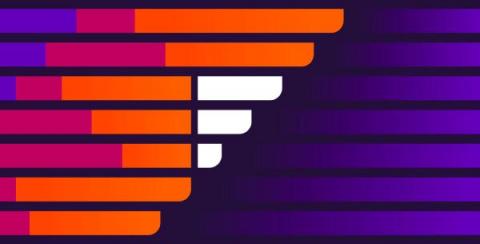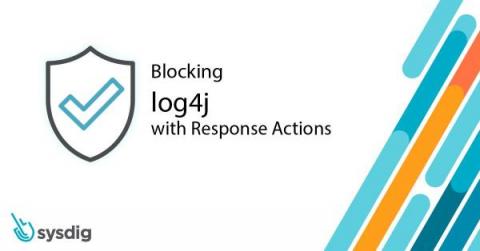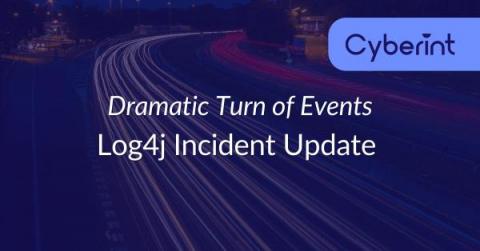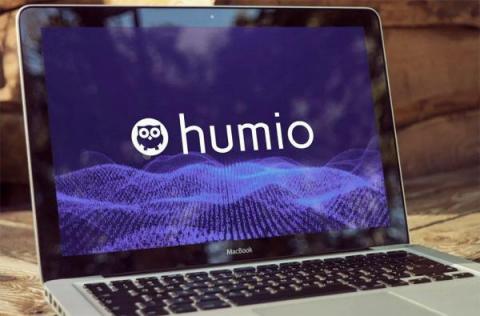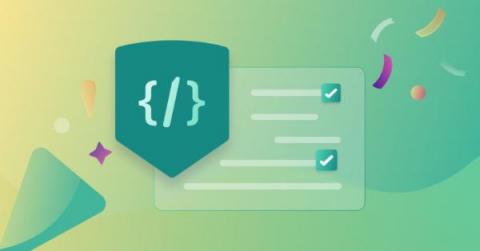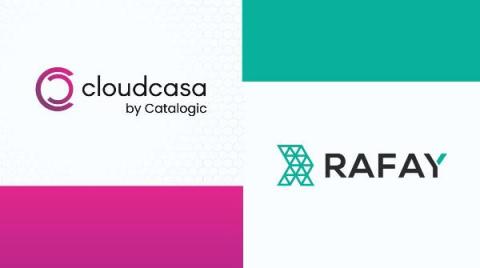Monitor Kubernetes with Fairwinds Insights' offering in the Datadog Marketplace
Fairwinds Insights is Kubernetes governance and security software that enables DevOps teams to monitor and prevent configuration problems in their infrastructure and applications. Not only does Fairwinds simplify Kubernetes complexity, but it also reduces risk by surfacing security and reliability issues in your Kubernetes clusters.


